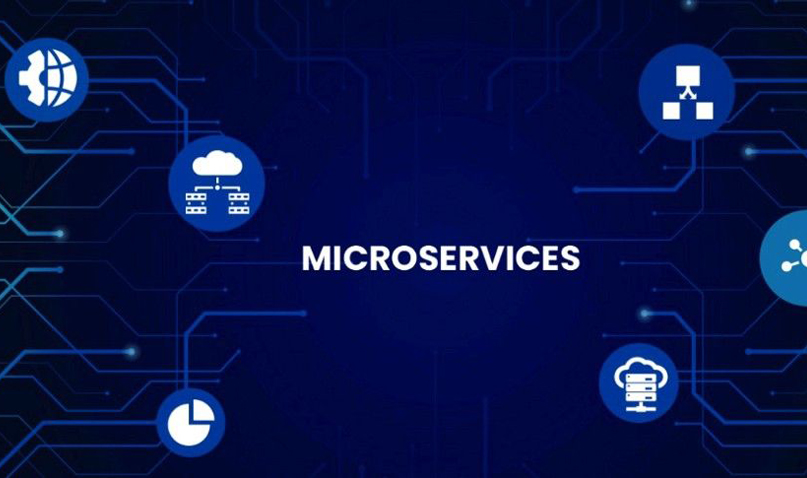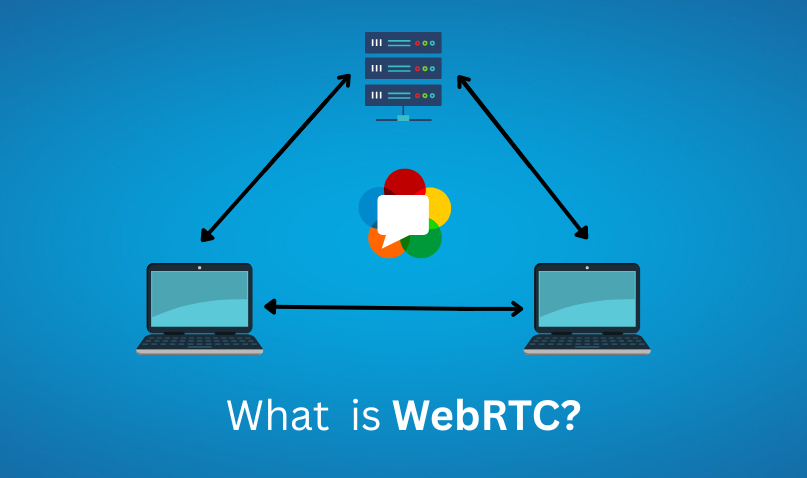IoT technology and 5G together are way more than just a new generation of wireless technology.
It symbolizes a fundamental shift in the mobile ecosystem, releasing a potent mix of incredible speed, higher bandwidth, low latency, and increased power efficiency that will fuel billions of more connections over the next five years and transform our world.
What Does 5G Mean for the Internet of Things?
It’s ground-breaking!
The advancement of everything from self-driving cars to smart grids for renewable energy to AI-enabled robots on manufacturing floors will be made possible by 5G’s quicker, more reliable, and more secure connectivity!
It is enabling a massive IoT ecosystem in which networks can function billions of connected devices while balancing speed, latency, and cost.
5G Use Cases in IoT
Here, we highlight two most promising 5G use cases in IoT settings that have the greatest market potential.
1. Vehicle Telematics
The automotive and transportation (A&T) industries are expected to be the first to adopt 5G technologies in IoT applications.
Millions of connected cars already use telematics applications like vehicle diagnostics, location tracking, and user-based insurance, making A&T one of the most “IoT” mature segments. These applications are primarily used today over traditional cellular (2G/3G/4G) technologies, which in general offer satisfactory performance to handle their current communication needs. These apps mostly encompass the transmission of small volumes of non-real-time data obtained from the vehicles.
However, the introduction of 5G offers the opportunity to gather more precise data in real-time about the performance and health of the vehicle as well as the behavior of the drivers, enabling the delivery of more advanced services (such as those from automotive OEMs and car dealerships) and new pricing models (e.g., insurance companies).
IoT Analytics anticipates that many vehicle telematics implementations will support both 4G and 5G connectivity over the course of the next few years in order to future-proof their solution and utilize 5G’s enhanced capabilities where available while operators continue to make success with network roll-outs.
2. Video Surveillance
Another application that would benefit from 5G connectivity is video surveillance and analytics. Many governments and municipalities throughout the world are spending money on public security and surveillance systems as a result of the rising risks to public safety in recent years, and this trend is predicted to continue.
The bulk of public video surveillance systems still use wired connectivity today, although the use of wireless communications, such Wi-Fi or cellular, is growing in popularity since they are simpler to set up, faster, and generally less expensive than wired networks. Wi-Fi is the preferred method for stationary CCTV systems, but cellular connectivity, particularly LTE, is more common for temporary static installations (such as on construction sites or at public events like concerts, festivals, and election rallies) and for mobile video surveillance (e.g., cameras placed on vehicles such as police cars, public transports, and surveillance UMV(drones) or body-worn by officers).
While LTE networks provide adequate performance for remote connection to live and recorded HD video, the implementation of 5G will deliver the performance boost necessary for the deployment of a significant number of cameras and more advanced real-time video content analytics.
Are you interested in any kind of IoT development? Contact us at E-alphabits or sales@ealphabits.com to discuss more ideas about your project and we will give wings to it!





